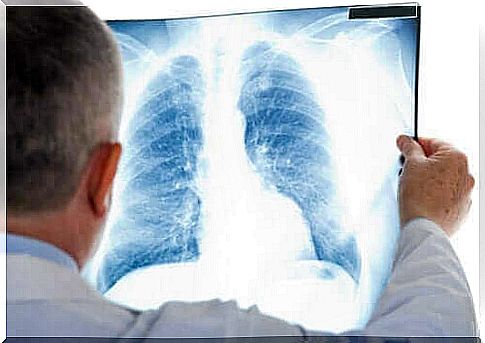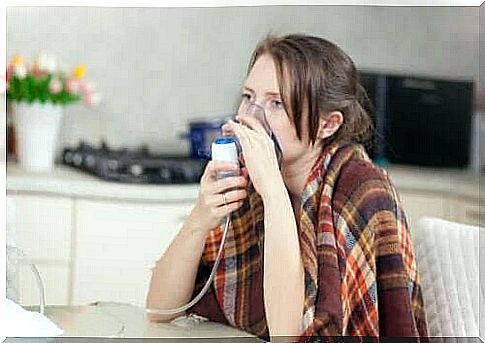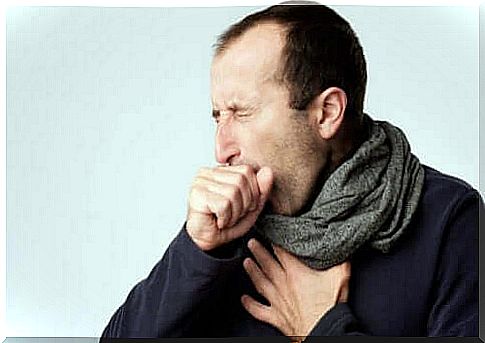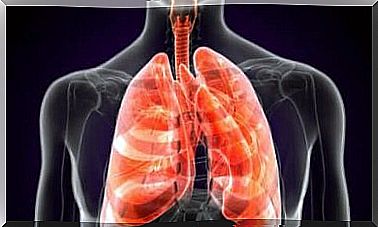What Is Atypical Pneumonia?

Pneumonia is a word that medically refers to an infection of the lungs caused by a virus or bacteria. It is actually a term that refers to many different etiologies. Doctors therefore usually divide it into two groups: atypical and typical pneumonia.
The group of atypical pneumonia was initially so named to refer to those caused by different and less common germs than those of typical pneumonia. Today, however, doctors also use it to describe the differences on a symptomatic level between the two.
Atypical pneumonia is mainly caused by Mycoplasma pneumoniae, followed by other atypical germs. Outbreaks are more common in the fall and winter. In this article, we’ll explain everything you need to know about this condition and how to identify it.
What Causes Atypical Pneumonia?

As we mentioned, atypical pneumonia is a lung infection caused by less common viruses or bacteria. This infection is also known as walking pneumonia. The vast majority of cases occur between autumn and winter.
Although the most common cause is infection by M. pneumoniae (Spanish link), other germs can also cause this condition. The germs most commonly associated with it are:
- Coxiella burnetti
- Legionella pneumophila
- Chlamydia pneumoniae
- Chlamydia psitaccia
In general, atypical pneumonia is usually milder than normal. However, if it is caused by Legionella, complications can arise and there is a higher death rate.
It should be noted that in many cases this type of pneumonia can occur with a cold lasting more than seven or ten days. This is, for example, with a cold caused by a respiratory syncytial virus that does not heal properly.
What symptoms does it cause?

Another major difference between an atypical and a typical pneumonia is the clinical symptoms. They will depend to a great extent on the area of the lung where the infection is located. That is, if it is in the highest part of the lungs, then there will be greater difficulty in breathing.
Usually there are cold or flu symptoms such as fever around 38ºC and chills. In the same way you can also suffer from:
- A sore throat.
- Headache.
- Even pain in the ears.
- Chestpain.
- Since there is general discomfort, in some cases you may experience loss of appetite and vomiting.
It is important that the cough in atypical pneumonia is a dry cough. This means that it is usually not accompanied by mucus. In addition, breathing is fast and labored.
How do doctors treat and diagnose atypical pneumonia?
To diagnose atypical pneumonia, it is essential that the doctor knows all the symptoms. You should also undergo a complete physical examination, including listening to your lungs. That way, they can hear the sounds your lungs make when you breathe.
In the case of atypical pneumonia, there is usually a wheezing when you breathe. It is similar to the sound of the wind. Sometimes they will also take a chest X-ray, as it often shows the infection.
Since most of the causes are bacteria, the most common treatment is antibiotics. If the infection is not very serious, you can take them orally for 7 to 10 days. It is important to note that atypical pneumonia can be contagious in some cases.
For this reason, we recommend that you avoid contact with others and take appropriate hygiene measures. In addition, if you experience warning symptoms, it is important to consult a doctor for more information about treatment options. That way you can avoid using antibiotics without a prescription.









